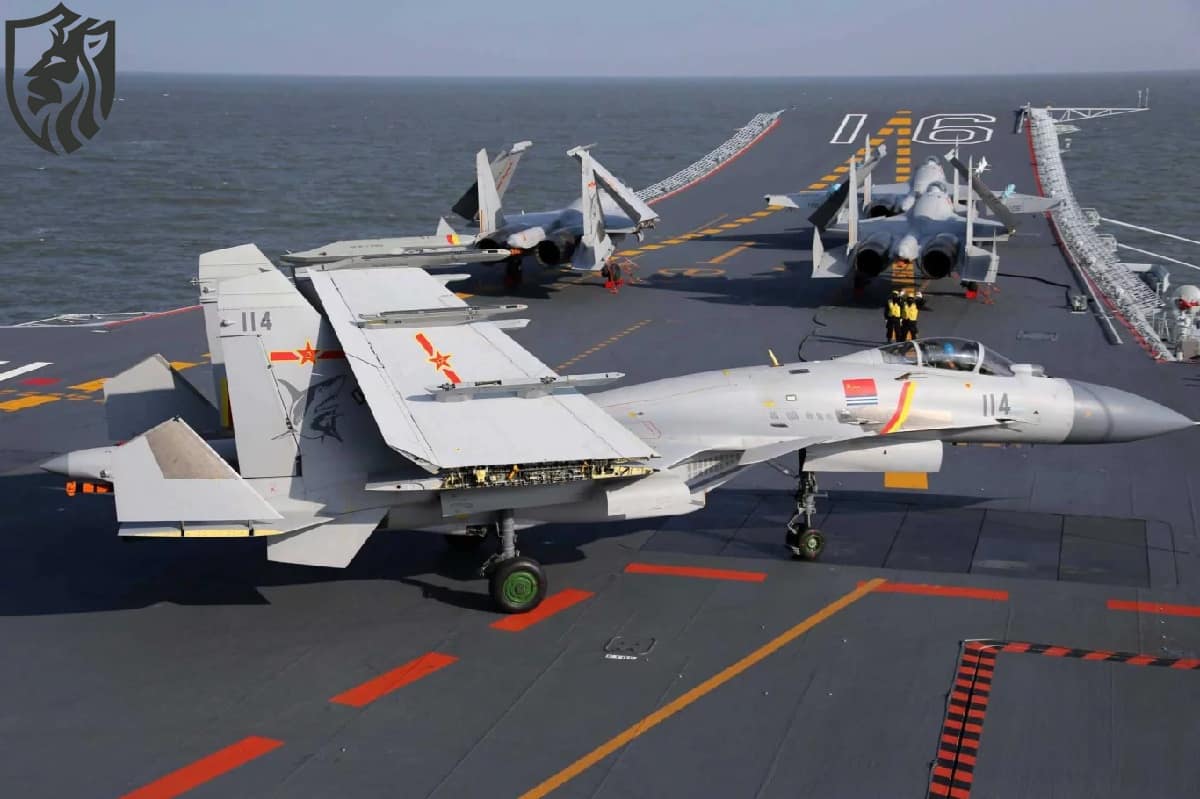
US Observers in Belarus — Zapad-2025 Surprise
Why the visit matters
US observers in Belarus attended the Russia–Belarus Zapad-2025 drills and received unusually open access. Minsk invited them to “see whatever you want,” which suggests a calibrated push for transparency. The gesture, moreover, arrives as tensions with NATO remain high and therefore carries diplomatic weight.
The exercise and the timing
Russia and Belarus launched Zapad-2025 on Friday across training grounds in both countries. US observers in Belarus appeared on Monday, shortly after Poland shot down Russian drones that had crossed its airspace two days earlier, highlighting the parallel signals. There is a balance between deterrence and openness.
Access that breaks the pattern
Belarusian Defence Minister Viktor Khrenin told the visiting officers they could talk to personnel and view areas of interest. US observers in Belarus usually receive less latitude, particularly during large, joint manoeuvres. Consequently, the offer hints at Minsk’s intent to shape narratives, manage risk, and demonstrate that it can host verifiable activity.

Who else was watching
Belarus presented the Americans’ presence as a surprise and noted observers from 23 countries, including Turkey and Hungary. This multinational turnout is significant. US observers in Belarus thus became part of a broader audience that can corroborate what was shown. Multisource observation strengthens confidence-building, even if access remains curated.
A cautious thaw with limits
The visit fits a pattern of limited warming between Washington and Minsk since early 2025. US observers in Belarus do not erase the fact that Belarus enabled Russia’s 2022 invasion by hosting forces. However, controlled openness can reduce miscalculation risks. It also gives all sides a baseline for future verification.
What the US likely looked for
Observers typically examine command-and-control flows, logistics tempo, and combined-arms integration. US observers in Belarus would also note air–ground coordination, electronic warfare cues, and how scenarios align with stated defensive aims. If logistics were forward-leaning, analysts would compare that posture with regional contingencies.

Transparency, treaties, and trust
Although this is not an OSCE inspection, its spirit reflects the confidence-building measures outlined in the Vienna Document. US observers in Belarus benefited from a setting where host nations can ease friction through visibility. However, transparency gains significance only when it reflects standard practice, not stage-managed vignettes.
What to watch next
First, track whether access widens during the remaining phases. US observers in Belarus will brief counterparts, and subsequent allied statements will reveal how convincing Minsk’s openness looked.
Second, monitor Polish and Baltic threat assessments for any shift. Lastly, it is important to observe if this invitation is repeated in future drills, as it could transform this one-time event into a regular practice.






